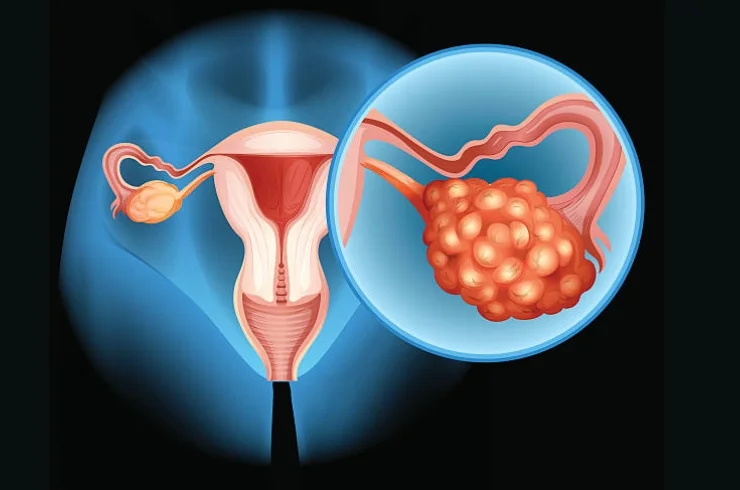Ovarian Cancer

Ovarian cancer is a malignant growth that begins in the ovaries, the female reproductive organs responsible for producing eggs and hormones. It is often called a “silent” cancer because its symptoms are subtle and can be easily overlooked, leading to late-stage diagnosis. Common symptoms include bloating, abdominal pain, difficulty eating, and frequent urination. However, these symptoms are often mistaken for other less serious conditions.
There are several types of ovarian cancer, with epithelial ovarian cancer being the most common, originating from the cells on the surface of the ovaries. Other types include germ cell and stromal ovarian cancers, which are rarer.
Risk factors for ovarian cancer include age, family history, genetic mutations (such as BRCA1 and BRCA2), and certain reproductive factors, such as never having been pregnant or starting menopause late.
Diagnosis typically involves a combination of pelvic exams, ultrasounds, blood tests (e.g., CA-125), and imaging studies. Definitive diagnosis is usually made through biopsy.
Treatment for ovarian cancer may involve surgery, chemotherapy, targeted therapy, and in some cases, radiation therapy. Early detection significantly improves prognosis, but many cases are diagnosed in advanced stages when the cancer has spread beyond the ovaries. Regular check-ups and awareness of symptoms are crucial for early intervention.
